Runways shuttered, supply chains disrupted, distribution methods delayed, creative visions compromised — like most industries this year, there wasn’t a single facet of the fashion world that wasn’t flipped upside the f*ck down by COVID-19. From the people growing the cotton that turns into your tee shirt to the way you shop for it, the entire style ecosystem was dramatically altered and will remain in flux for the foreseeable future. The chaos caused many upstart streetwear labels, which often live and die by the success of a single season, to come face to face with the biggest challenges they’ve had to overcome since first starting out.
But it also saw them doing what they do best: responding and adapting to a rapidly changing world in order to survive. Hustling and making bold moves to stay afloat.
“I don’t think anything has gone according to ‘plan’ this year.” Joey Gollish of Mr. Saturday says. “We’ve stayed really focused on our goals and vision but allowed the constantly evolving landscape to inform our plans on how to get there.”
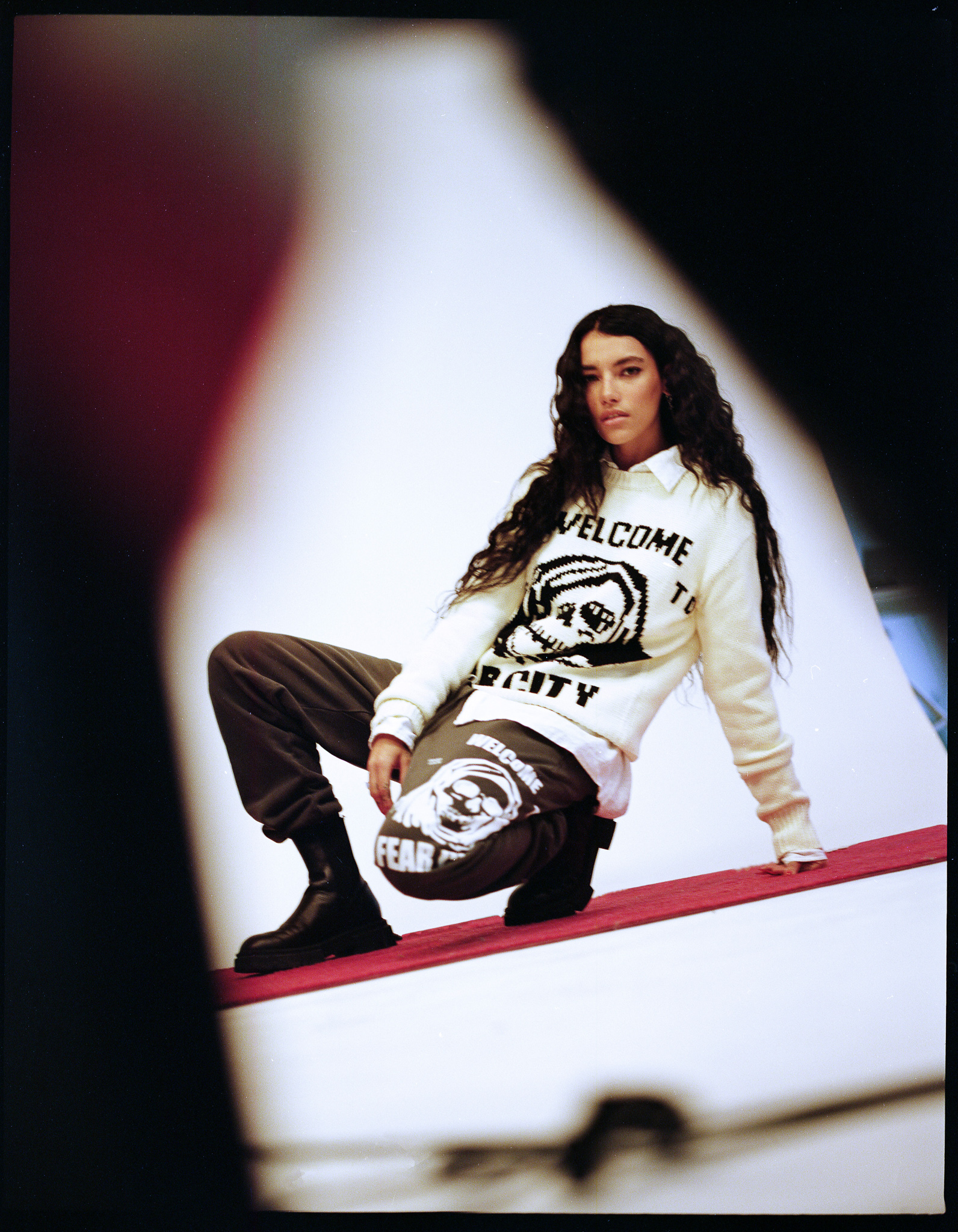
The fashion industry is massive, generating as much as $2.5 trillion in global annual revenue in 2019 alone, according to a recent analysis by McKinsey & Company. But the interconnected global network of production, marketing, and retail processes is also what makes it so difficult for businesses to plan ahead at a time when one country might be loosening safety measures while another is buttoning up.
“Supply chain, shipping delays, distribution, economic downturn… I don’t think there is a brand out there that hasn’t felt the pandemic in some way or another,” says Marc Keiser of Los Angeles-based streetwear label Keiser Clark. “We had a really big season coming out of Autumn/Winter 20, expanding greater into Asia and Europe. Unfortunately, as a new brand in those retailers’ matrix, we saw a lot of cancellations early on in the pandemic.”
Problems up and down the supply chain continue to plague brands for the coming year. Keiser Clark had to forgo their entire Spring Summer 2021 collection and push it to Autumn/ Winter 21, a decision that was painful, but one that Marc Keiser ultimately felt was the right move.
“We are facing an even greater challenge in our supply chain than before,” says Equihua founder and head designer Brenda Equihua. “Longer lead times, higher costs, and scarcity of supplies. All our vendors are locally based and some of them have closed, so we are seeking new suppliers and contractors… Our product development and production also slowed down substantially because we are social distancing and working with an even smaller team. We are not doing many photoshoots and studio visits because we want to be socially responsible. It has really tested us, but we are so lucky to still be here.”
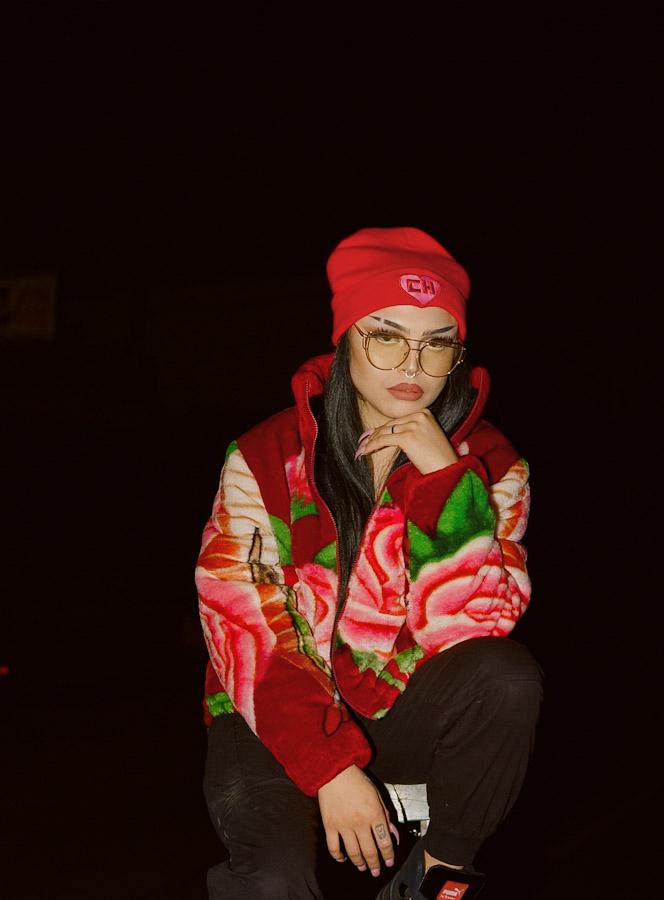
Social distancing also had a tremendous effect on the collaborative process of designing physical products, especially when trying to match the ravenous (and discerning) streetwear and style customer base has come to expect.
“The whole collaborative aspect of working together has completely changed,” says Teddy Fresh CEO and lead designer Hila Klein. “We like to brainstorm — get in the room with different people and departments and work with the pieces in our hands. Finding ways to make up for that and work around it has pushed us to work together differently.”
The Teddy Fresh team now relies heavily on Slack or convening over the phone and works through a more laborious process that involves sending packages between departments until they reach Klein at her home, where she fits production samples on herself and sends copious photos and notes, which then get sent back to production for fine-tuning, and, finally, back to the full group for feedback and an eventual final product.
“It’s broken the creative process into segmented pieces that we have to move around rather than have everyone gathered around the table working together,” Klein says. “Nevertheless, we still work closely and keep all the stages of the process in place, even though it’s done physically apart.”
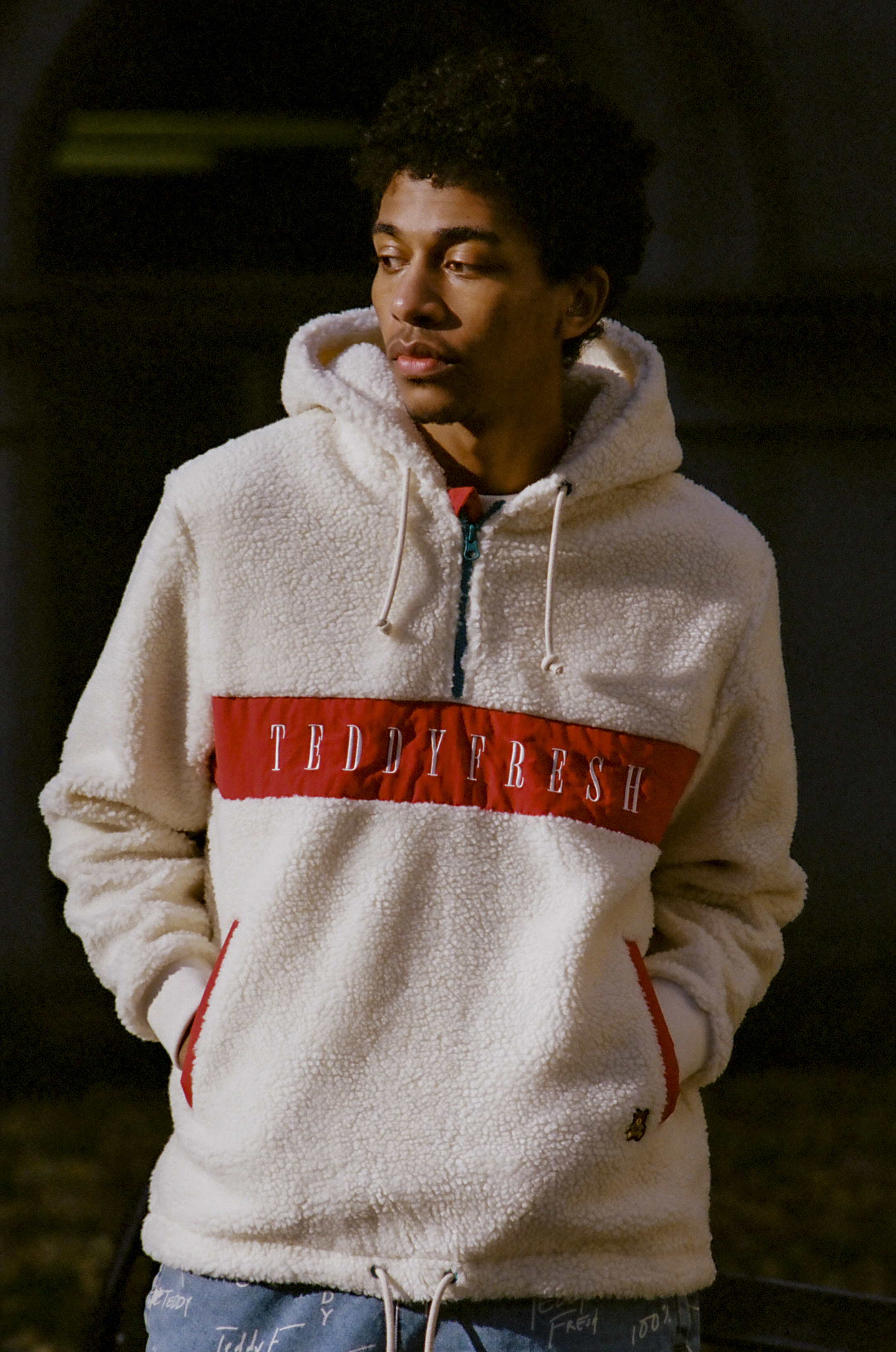
Changes to the creative process and the numerous supply chain issues are undoubtedly a huge hurdle for labels to jump, but ultimately fashion is a creative industry. Designers are eager and nimble ideators when forced to rethink how they do things. That opens the door to some aspect of a silver lining for the brands.
“Prior to COVID, TOMBOGO garments were designed using unconventional materials such as bubble wrap,” says TOMBOGO‘s Tommy Bogo. “Since COVID, quarantine, and stay at home orders, we’ve shifted our design approach and the materials used to create more casual garments for the user to wear whether they’re at home or out and about. While we’ve reeled back on experimental materials, we’ve emphasized more innovation in our silhouettes and the functionalities included in these garments.”
Brands have also had to shift the way they release new products.
“Digital activations, virtual events, and great content are more important than ever as we move forward without live showrooms, pop-ups, and fashion shows,” Bogo continues. “The pandemic has influenced me to think even more creatively from a marketing perspective on how to present new products without being able to physically present them.”
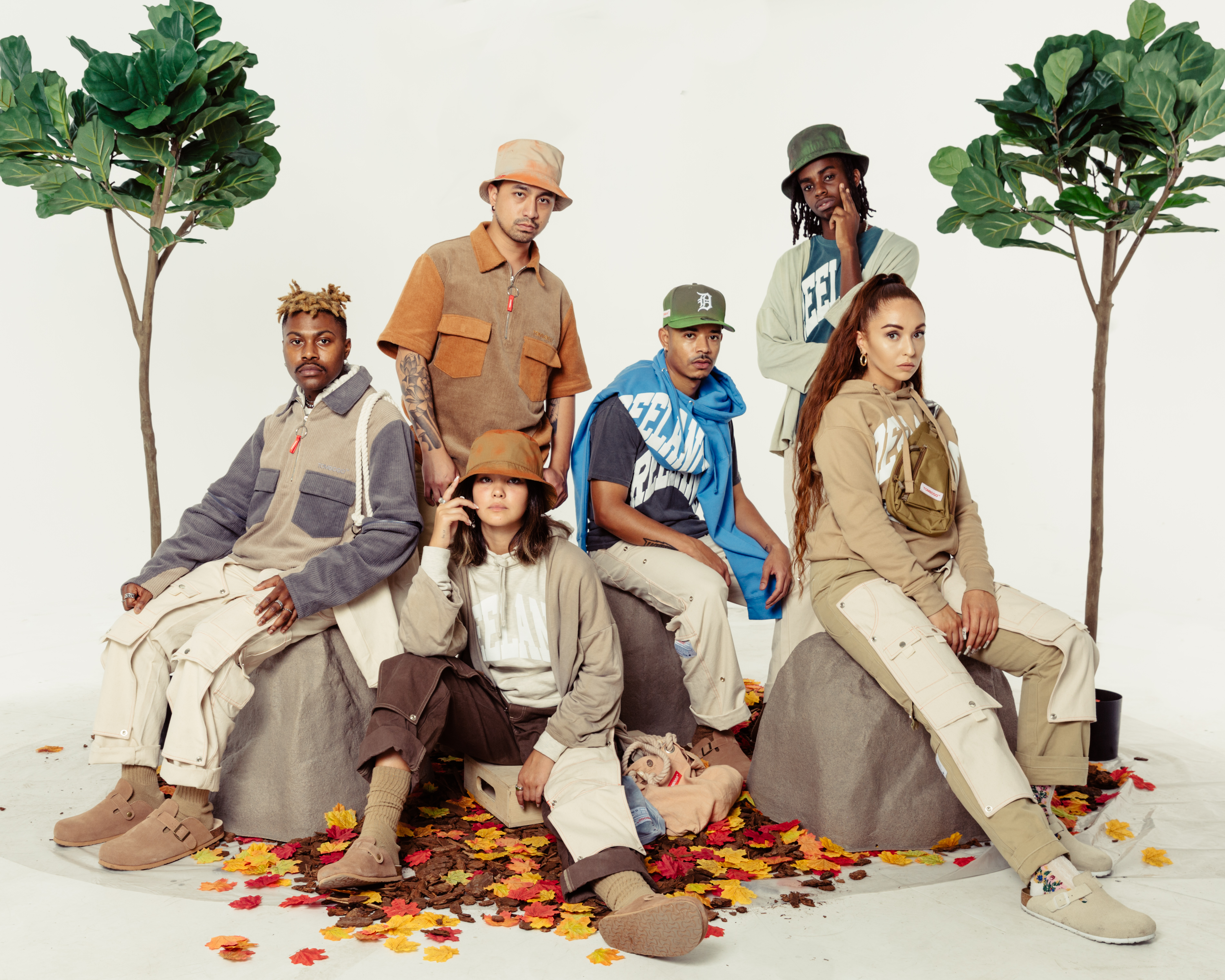
The new changes that the industry is facing have also had a profound effect on the way some brands see each other and the fashion industry at large. The “we’re in this together” aspects have been underscored, while the competitive aspects have taken a back seat. In short, folks in a high-powered, demanding industry have gotten the gift of wide-angle perspective.
“This year for the first time since I started Keiser Clark, I let go of comparing myself to other brands and other designers and allowed myself to be proud of where I’m at and what I’m doing at 29 years old,” says Marc Keiser. “The business takeaway this year: a further reminder that the core of every business, every brand, is people, and to make sure you’re showing up for those people who support you. From our customers, stylists, retailers/buyers, manufactures, other designers, the UPS driver who picks up our packages… We are all dealing with this pandemic. Life is busy, the fashion industry is busy, but impacting someone else’s life for the better, that’s infinite.”
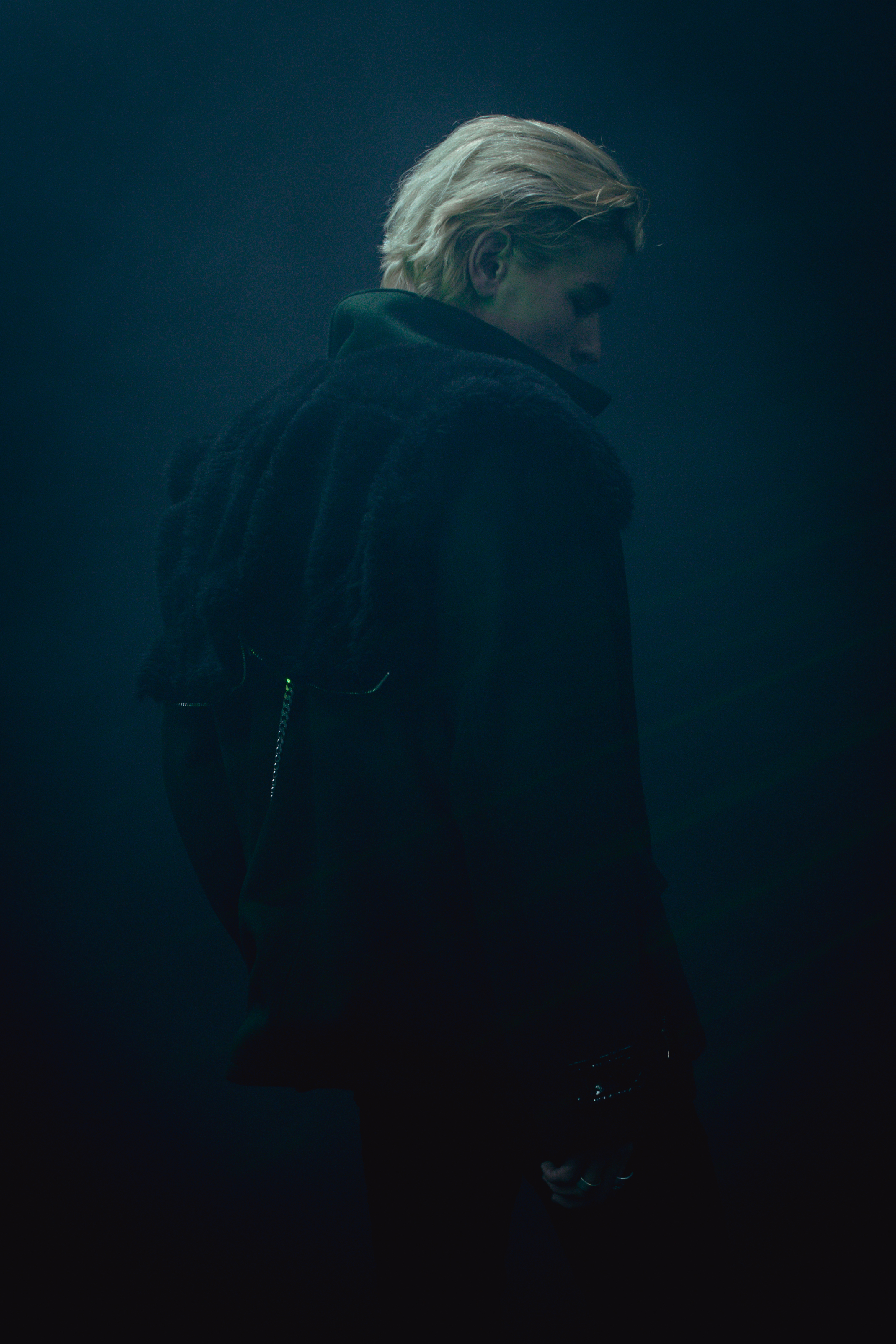
“Maybe we don’t want to be in 100 stores?” Says Joey Gollish. “We’re working more closely than ever with our retail partners, to create unique experiences and offerings for each of them. It gives us more control over our brand identity while creating a more holistic partnership with our retailers, which is really how it should be.”
That rethinking of customer experience and desired scale always weighs heavily on young brands. In 2020, those conversations evolved at lightning speed.
“I feel a deep sense of responsibility to give work to the people around me because everyone is struggling,” says Brenda Equihua. “My challenge will be in navigating our combined needs, and also making sure we are putting health first. I feel really great about our ability to communicate directly to the folx that help support our brand, it’s a matter more of how we cope with changes internally.”
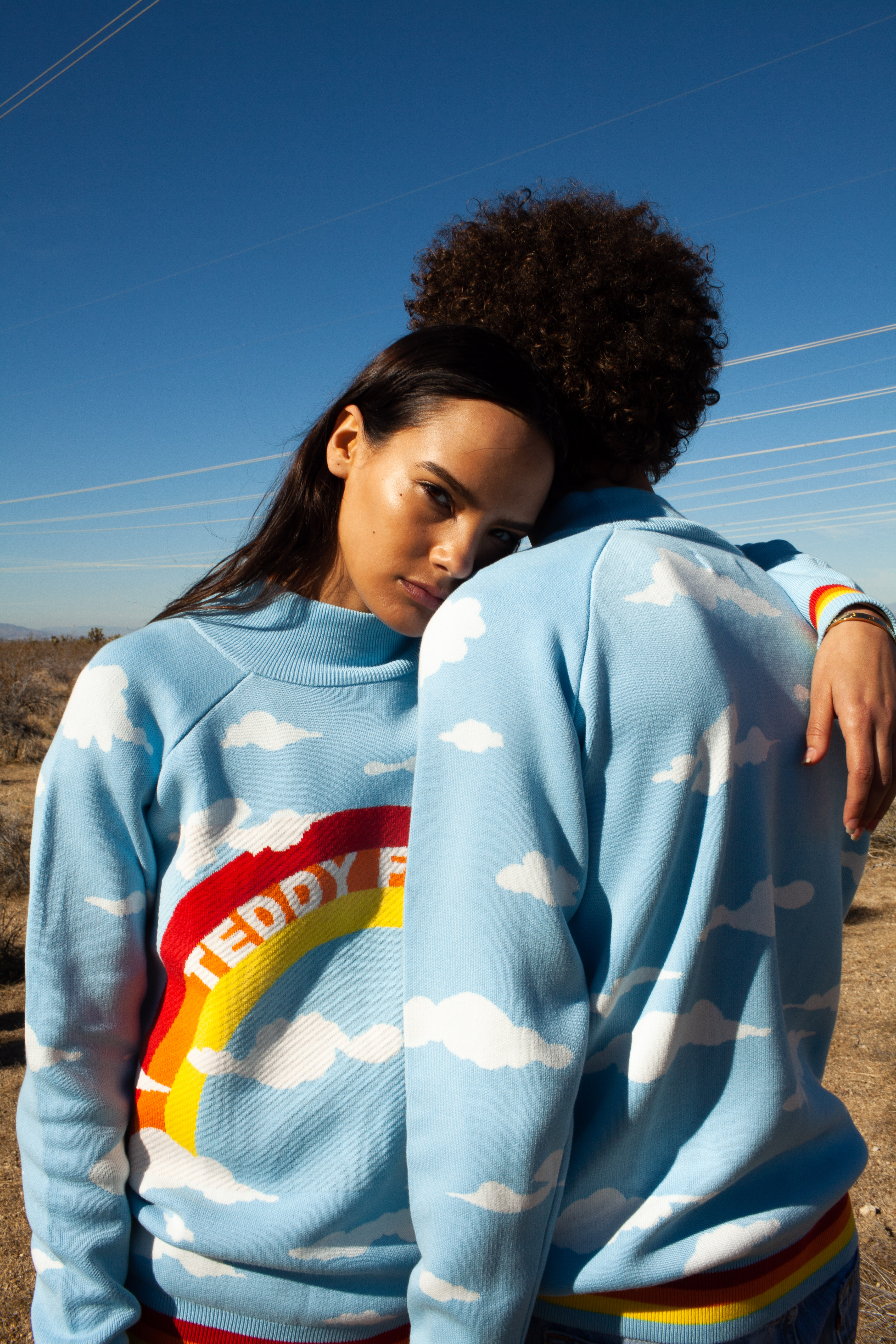
One of the most effective ways that brands have been able to stay afloat this year is through their full-hearted embrace of e-commerce platforms, which almost every brand we spoke to credit for the survival of their companies. According to statistics collected by Data Feed Watch, e-commerce generated worldwide revenue of $481 billion in 2018, $545 billion in 2019, with revenue projected to reach $713 billion by 2022. A whopping 77% of people in South Korea made an online fashion purchase in 2019, like it or not, e-commerce is the way of the future when it comes to shopping.
“The shift has made our e-commerce operation stronger,” says Hila Klein, “While previously we had some large wholesale accounts, we saw this direct approach as the future anyway, with malls and physical stores being things of the past. The pandemic fast-forwarded us ten years over six months.”
As uncertainly continues to surround the pandemic, so too does it cloud the future of our favorite fashion labels. But if any industry is equipped to handle the cultural shift that is a global pandemic, it’s this one, thanks in large part to the hard-working and always innovative designers shaping the scene as we know it.

